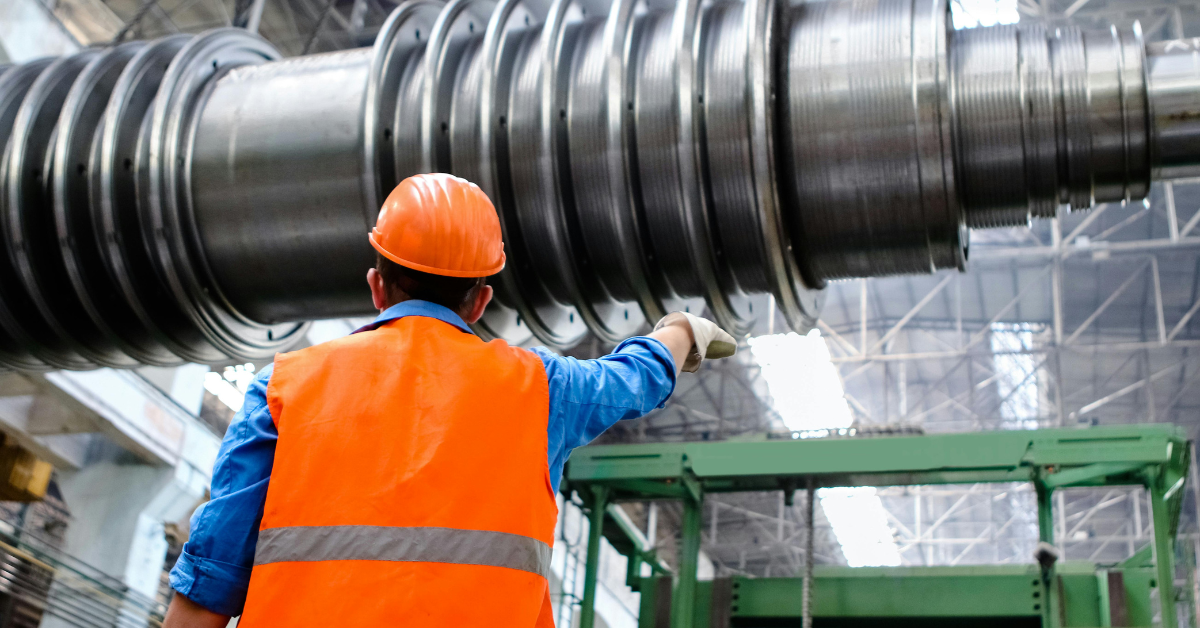Restaurant Moving: 10 Tasks to Complete for New Restaurant, Relocation or Renovations

Dallas has one of the most robust dining scenes in the country. 2021 has already brought a slew of highly-anticipated restaurant openings to the Dallas-Fort Worth area, and more are to come as the metro builds momentum.
Whether opening a brand-new dining spot or just remodeling, the restaurant relocation process entails far more than just moving furniture in and out. While you perfect your menu, a reputable relocation partner can take care of the behind-the-scenes tasks needed to keep your opening on schedule and on budget.
Before you open your new or renovated restaurant, here are 10 tasks to cross off your moving to-do list.
1. Find a relocation partner with food-service experience.
Relocations in the restaurant industry are complicated but you don’t have to tackle the process alone. Relocating a restaurant requires niche expertise, so make sure you choose a provider that has wide-ranging experience with major restaurant brands. With the support of an experienced provider, you can hit the ground running.
2. Schedule your moving period for a slow month.
If you are renovating, downsizing or remodeling an existing restaurant, you need to carefully plan your move to minimize downtime. Is there a month where sales are always slow? Schedule your relocation around that time, carefully avoiding peak business hours and holidays. After you decide on a time with your relocation partner, communicate with your customers about when you will be unable to accept orders.
3. Liquidate unwanted Furniture, Fixtures & Equipment (FF&E).
Before you begin outfitting your new or refreshed space, inventory the furnishings that you already have and determine if there are items you no longer need. Instead of scheduling a trash pick-up, ask your relocation partner about their sustainable liquidation, donation or recycling services. At The Armstrong Company – Dallas, we exhaust every option to find your old FF&E a new home before resorting to a dump drop-off.
4. Source and store new Operating Supplies & Equipment (OS&E).
Once you’ve gotten rid of any items that have been collecting dust, you’ll need to source new FF&E and OS&E for your restaurant. Start the furnishing process months in advance to account for supply-chain delays. Your relocation partner can coordinate with your purchasing groups to receive shipments in a timely manner and provide short-term storage until your space is ready.
5. Pack your delicate items according to best practices.
Restaurants have a lot of fragile fixtures, such as dishes and glassware, that require specialized packing materials and procedures. If you’re doing the packing yourself, make sure to wrap your cups, plates and bowls in unprinted paper and pack them in dish-specific boxes. Your relocation partner can also do the packing for you, ensuring that everything is properly protected.
6. Prepare your space for moving day.
Before you or your movers deliver any items to your new space, make sure to take steps to protect your walls, doors, floors and ceilings. For hardwood floors, your relocation partner can roll out a shock-absorbent mat or mask carpeted surfaces against dirt and grime. Experienced relocation professionals know how to move oversized furniture and equipment without scratching your surfaces.
7. Perform the final-mile deliveries gradually.
As your relocation partner receives and stores your FF&E and other assets, they will communicate with you about a timeline for transporting your items that last mile. Though it may be tempting, don’t attempt all your deliveries at once. Instead, spread out the final-mile deliveries to your restaurant over time so you don’t overwhelm neighbors or on-site staff.
8. Install your FF&E and OS&E.
Installing restaurant equipment can be time-consuming, so leave that task for your relocation partner if you can. Enlist their help to set up your furniture and lay out your space the way you want it.
9. Perform a white-glove inspection of your equipment.
If you and your team are installing your equipment, spend some time inspecting and testing every piece. If your relocation partner offers white-glove installation services, they will make sure that everything is in working order before they leave.
10. Remove all debris from your space.
Once your FF&E and OS&E are set up, your relocation partner removes boxes and other packaging materials from your restaurant as part of their white-glove installation services. Consider performing a deep clean of your space and furniture to get your restaurant gleaming for your grand opening.
As a nationally recognized leader in food-service relocation, Armstrong provides value-driven commercial services to restaurant groups across the country. Armstrong – Dallas has dedicated project managers with experience in the restaurant industry that will keep your project on track. Get started today by calling our experts at 972.242.0511 or requesting a free quote online.
